
ISSN: 2321
Value:
10 Issue IX Sep
SJ Impact Factor:
at www.ijraset.com


ISSN: 2321
Value:
10 Issue IX Sep
SJ Impact Factor:
at www.ijraset.com

Abstract: To determine the natural composites that can be used as implicit medicines towards Alzheimer’s complaint. Alzheimer’s complaint is a nonstop progressive and multi-factored neurodegenerative complaint that's known to be the sixth leading cause of death and the most common cause of madness in old, aged people. Alzheimer’s complaint is related to increased situations of the amyloid β peptide( Aβ) along with loss of neurons and synapses. The complaint process is largely associated with amyloid pillars, neurofibrillary befuddlements, and loss of neuronal connections in the brain. In our study, we will be exercising the structural and natural exertion information on specific ligands and compactly study the vital targets that are believed to be effective against Alzheimer’s complaint. The early onset of the domestic Alzheimer's complaint is considered to do due to the mutations in one of three genes those garbling amyloid- beta precursor protein( APP) and Presenilins PSEN1 and PSEN2. utmost mutations in the APP and presenilin genes increase the product of the small proteins known as the amyloid beta( Aβ) 42 proteins, are the main element of the forming amyloid pillars. There are numerous selective targets for the event of anti AD( Alzheimer’s complaint) medicines, and thus the multi factorial nature of this complaint involves multi target directed composites which may be salutary for announcement treatment. The complaint which is known to target the hippocampus that is associated with our memory, further this becomes responsible to instigate the first symptoms of memory impairment. As the complaint progresses so does the degree of memory impairment. The natural emulsion models were considered as multi target leads using molecular docking ways and also completely analysed grounded on the list affinity values, RMSD values, stability and molecular interactivity studies for the determination of implicit medicine composites to make medicinals. Eventually, the foremost implicit multi target natural composites against Alzheimer’s complaint are determined and farther validated through the corresponding invitro studies.
Keywords: Alzheimer’s, Insilico, Medicines, Natural Composites, , Target protein, Molecular docking.
Alzheimer’s sickness could be a progressive neurological disorder that causes the brain to shrink (atrophy) and brain cells to die. Alzheimer’s sickness is that the commonest reason for dementedness never ending decline in thinking, activity and social skills that affects a person’s ability to perform severally. close to five.8 million individuals inside the North American nation age sixty five and older settle for Alzheimer’s sickness. Of those, eightieth ar seventy five years recent and older. Out of the close to fifty million individuals worldwide with dementedness, between hour and seventieth ar calculable to own Alzheimer’s sickness. the first signs of the sickness embody forgetting recent events or conversations. because the sickness progresses, an individual with Alzheimer’s sickness can develop severe memory impairment and lose the flexibility to hold out everyday tasks. the event of the sickness takes place slowly bit by bit like phases.[49]
AD begins slowly. It first involves the parts of the brain that control thought, memory, and language. People with AD may have trouble remembering things that happened recently or names of individuals they know. A related problem, mild cognitive impairment (MCI), causes more memory problems than normal for people of an equivalent age. Many, but not all, people with MCI will develop AD. In AD, over time, symptoms worsen.
People might not recognize relations. they'll have trouble speaking, reading, or writing. they'll forget the way to brush their teeth or comb their hair. Later, they'll become anxious or aggressive, or stray from home. Eventually, they have total care. this will cause great stress for relations who must look after them. AD usually begins after age 60 and the danger goes up as you grow older Our risk is additionally higher if a loved one has had the disease.
Most AD cases are sporadic and present considerable heterogeneity in terms of risk factor profiles and neuropathological features. First degree relatives of Alzheimer patients have a higher lifetime risk of developing AD than the general population or relatives of nondemented individuals both genetic and shared environmental factors contribute to the phenomenon of familial aggregation.

Engineering Technology (IJRASET

ISSN: 2321 9653; IC Value: 45.98; SJ Impact Factor: 7.538 Volume 10 Issue IX Sep 2022 Available at www.ijraset.com
Relevant literature for Alzheimer's disease is collected from pubmed and PMC in the NCBI Database in order to identify the target protein for the disease, the pathways a compound may take to reduce the effects of the disease and accordingly determine the potential compounds. After sufficient literature collection and referencing, the main target protein was determined as “Secretase”, Amyloid A4 protein and Glycogen Synthase Kinase 3(GSK3) along with other β amyloid peptide pathways from Uniprot. The compounds along with their smile structures along with their isomeric smiles were then tabulated for further molecular docking studies using Pyrx software,wherein about 28 natural compounds as listed in Table 1 were taken for conduction of studies. The PDBE structural model of the target proteins of concern Secretase, Amyloid A4 protein and Glycogen Synthase Kinase 3(GSK3) in humans was first retrieved from the Swiss Model online server and the macromolecule structure was then loaded on Pyrx tool. One must note that the water molecules are not involved in binding, and they must be eliminated before the conduction of any molecular docking and binding studies to make the computations easier and clear the binding pocket of possible water molecules that would distort the pose search. The water molecules and irrelevant chains must be eliminated, depending upon the area of study from the notepad sequence and only then the molecule must be loaded for efficient docking. The ligands of the 3D conformation ligands of the required natural compounds are downloaded from pubchem and then loaded into Pyrx software to carry out molecular docking with respect to Secretase, Amyloid A4 protein and Glycogen Synthase Kinase 3(GSK3).The Binding affinities consisting of the ligands containing the lower and upper RMSD values as zero are prioritised as shown in Table2. The docked structures of the target protein and the chosen ligands are then saved in PDB format and analysed for their stability towards different conditions of temperature and pressure, reactivity, binding affinity to enable efficient action on the target site for the noted important proteins and minimize effects of Alzheimer's condition.

Several factors concerning Adsorption, Distribution, Metabolism, Excretion and Toxicity[ADMET] are also analysed utilising the pkcsm online web server. Ligands of natural compounds having a binding affinity of 7.0 and above are considered to have potential in targeting the required sites of the target proteins that have earlier been determined using the Cast p online tool. The IGEMDOCK Software is utilized to obtain the 3D structures of the ligand protein interactions and the results are now analysed depending upon the ligand binding capacity, hydrogen bonding and hence a crystal structure with reasonable resolution and binding affinity that have a slightly consensus profile in terms of binding residues (if possible) should be the top criteria. The binding residues (not the ligand functional group) biochemical and cellular activity is encoded by the interactions (allosteric/competitive or agonist/antagonist) from such domains/pocket and hence are key determining factors.


Engineering Technology (IJRASET

ISSN: 2321 9653; IC Value: 45.98; SJ Impact Factor: 7.538 Volume 10 Issue IX Sep 2022 Available at www.ijraset.com
Figure 10: The flowchart represents an overview of methods that have been equipped in the project.


1) Target Proteins: Target proteins play a very important role in the study of the disease and computational drug designs. Target proteins control the action and therefore the kinetic behaviour of medicine within the organism. The elucidation of structure, conformational signalling and catalytic properties of particular target proteins facilitates a rational design of medicine and biotechnological processes. The following table lets us look into the set of target proteins chosen for this project and studies.
Figure 12: The table represents the three target proteins chosen and the PDB ID and 3D structure for the same.

2) Secretase: Ectodomain shedding of the amyloid precursor protein (APP) by the metalloprotease activity α secretase may be a key regulatory event preventing the generation of the Alzheimer's disease (AD) amyloid β peptide. Proteases almost like α secretase are essential for diverse physiological processes, like embryonic development, cell adhesion and neuronal guidance. Previously, several proteases were suggested as candidate α secretases for APP, especially members of the ADAM family (a disintegrin and metalloprotease). Two recent studies analyzed primary neurons, which are the cell type affected in AD, and eventually demonstrated that the constitutively cleaving α secretase activity is selectively mediated by ADAM10. An increase in α secretase cleavage is taken into account a therapeutic approach for AD. However, the molecular mechanisms regulating α secretase cleavage remain only partly understood. Signaling pathways activating protein kinase C and MAP kinase play a central role in stimulating α secretase cleavage of APP. Additionally, several recent publications demonstrate that ADAM10 expression and α secretase cleavage of APP are tightly controlled at the extent of transcription, e.g. by retinoic acid receptors and sirtuins, and at the extent of translation and protein trafficking. This review focuses on the recent progress made in unravelling the molecular identity, regulation and therapeutic potential of α secretase in Alzheimer's disease. [52]
Factor 7.894

& Engineering Technology (IJRASET

ISSN: 2321 9653; IC Value: 45.98; SJ Impact Factor: 7.538 Volume 10 Issue IX Sep 2022 Available at www.ijraset.com

3) Glycogen Synthase Kinase 3: Glycogen synthase kinase (GSK) 3 has been proposed because the link between the 2 histopathological hallmarks of Alzheimer's disease , the extracellular senile plaques composed of beta amyloid and therefore the intracellular neurofibrillary tangles formed from hyperphosphorylated tau. Thus, GSK 3 is one among the most tau kinases and it modifies several sites of the tau protein present in neurofibrillary tangles. Furthermore, GSK 3 is in a position to modulate the generation of amyloid beta, also on answer this peptide. In several transgenic models, overexpression of GSK 3 has been related to neuronal death, tau hyperphosphorylation and a decline in cognitive performance. Lithium, a widely used drug for affective disorders, inhibits GSK 3 at therapeutically relevant concentrations and it's been demonstrated that this is often ready to prevent tau phosphorylation. In the present review, we summarize all these data and discuss the potential of GSK 3 inhibitors for Alzheimer's disease therapy, as well as some of their potential problems. [52]
4) Amyloid peptide: The beta amyloid (A beta) protein may be a key molecule within the pathogenesis of Alzheimer's disease (AD). The tendency of the A beta peptide to aggregate, its reported neurotoxicity, and genetic linkage studies, have led to a hypothesis of AD pathogenesis that a lot of AD researchers term the amyloid cascade hypothesis. In this hypothesis, an increased production of A beta leads to neurodegeneration and ultimately dementia through a cascade of events. In the past 15 years, debate amongst AD researchers has arisen on whether A beta may be a cause or an impact of the pathogenic process. Recent in vitro and in vivo research has consolidated the idea that A beta is that the primary cause, initiating secondary events, culminating within the neuropathological hallmarks related to AD. This research has led to the event of therapeutic agents, currently in human clinical trials, which target A beta.

A natural product (NP) is usually defined as a compound or substance that's produced by living organisms. NPs are often classified by many criteria and characteristics, like source, biological function, biosynthetic pathway, physical and chemical properties, etc. Nowadays, NPs find a broad spectrum of applications associated with human life, including a crucial role in medicine. Notably, the utilization of natural products as medicines has been described throughout human history in terms of drugs associated with herbal medicines, potions, oils, remedies, and foods. Many of those substances are discovered by trial and error, and through the years they need become standard products in human lives. In the past few decades, natural products are a crucial source of potential drug hits and leads. However, development efforts in NP drug discovery have demonstrated a particular downturn in recent years. Despite this decline, the vast chemical space of natural products continues to supply abundant structural diversity for locating novel lead compounds with low relative molecular mass but 10% of the world’s biodiversity has been explored to seek out potential biologically active compounds. Therefore, numerous lead NPs which will be used against a broad spectrum of diseases await discovery. Many drugs associated with diseases like malaria, tuberculosis, cancer, human immunodeficiency virus (HIV), inflammatory diseases, cardiac diseases, diabetes, etc. are derived from NPs. One area where natural compounds have also been found to possess great research potential and application is neurodegenerative diseases like Alzheimer’s disease (AD), Parkinson’s disease (PD), schizophrenia, dementia, and neuropathic disorders.

ISSN: 2321
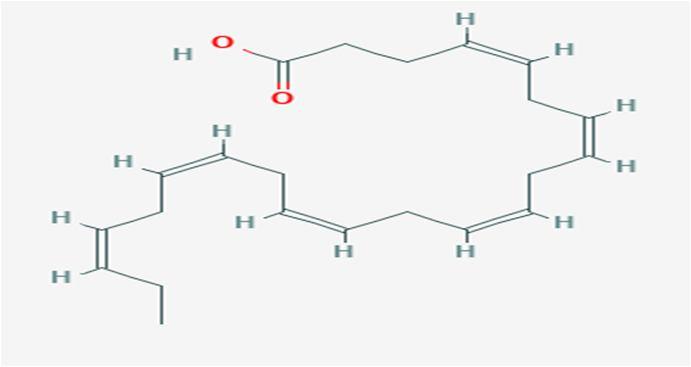
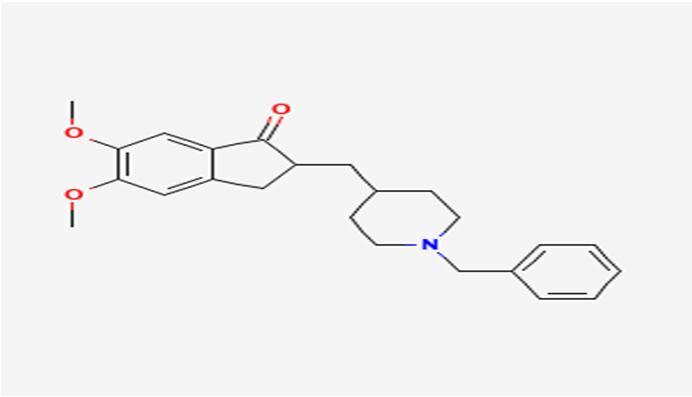
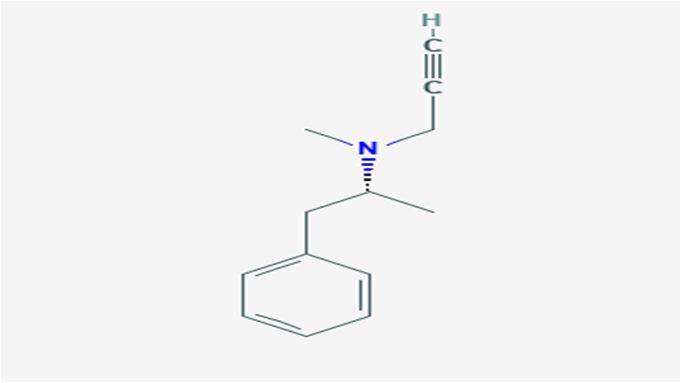
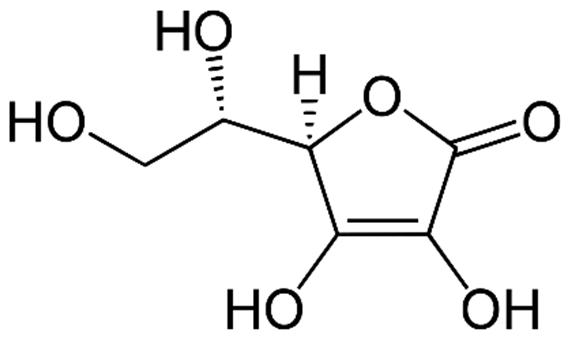

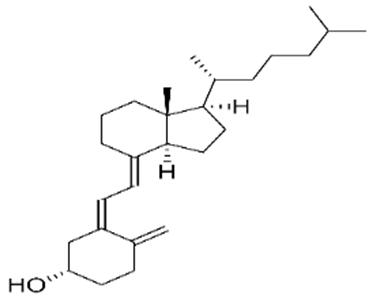

10 Issue IX Sep 2022 Available at www.ijraset.com

10 Issue IX Sep

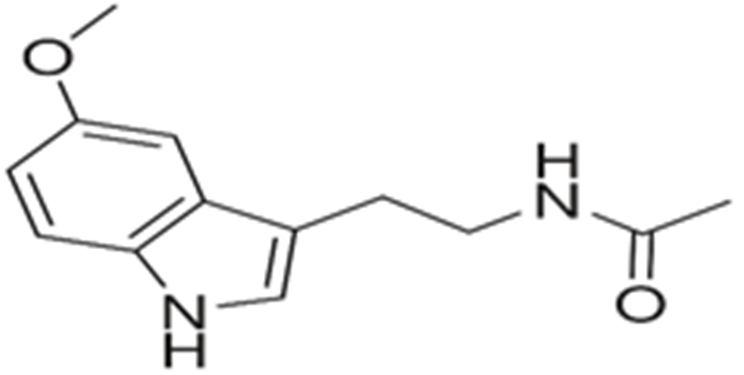

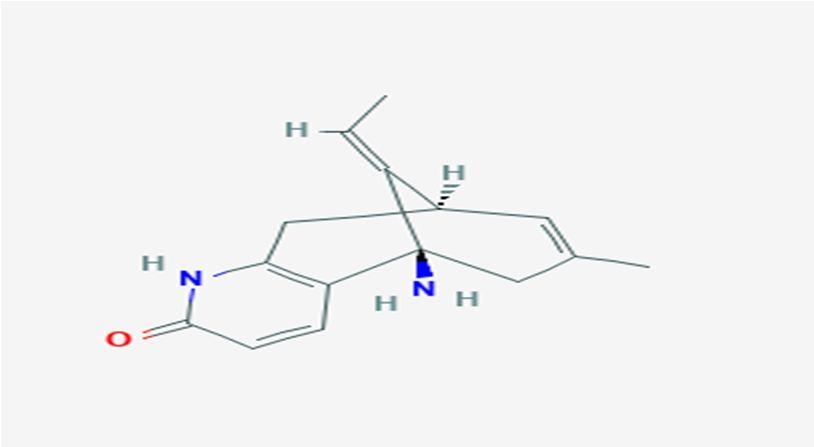

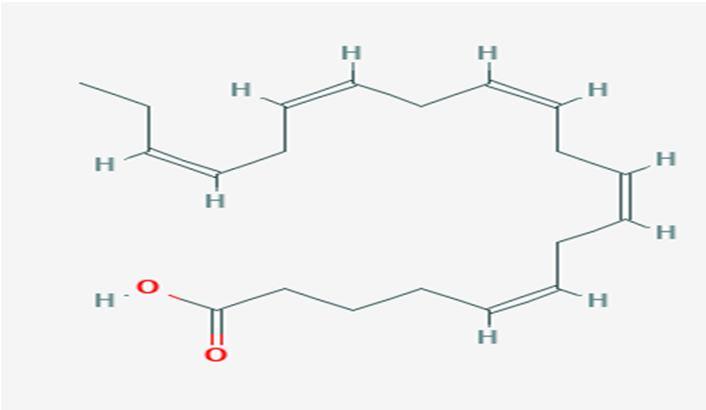


10 Issue IX Sep 2022
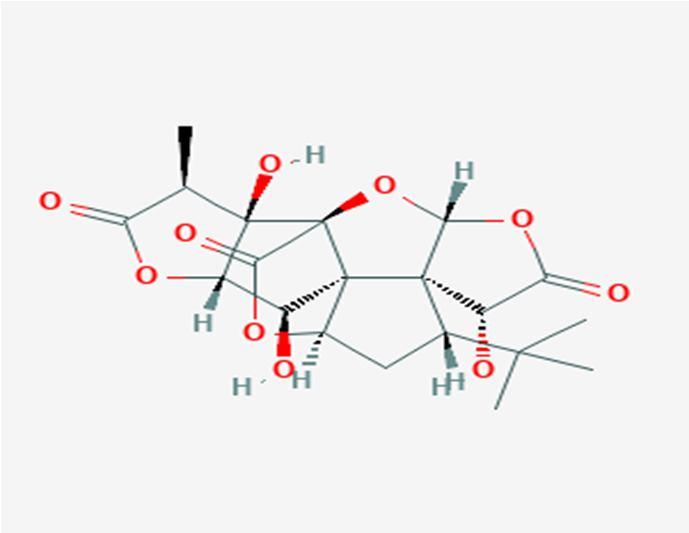

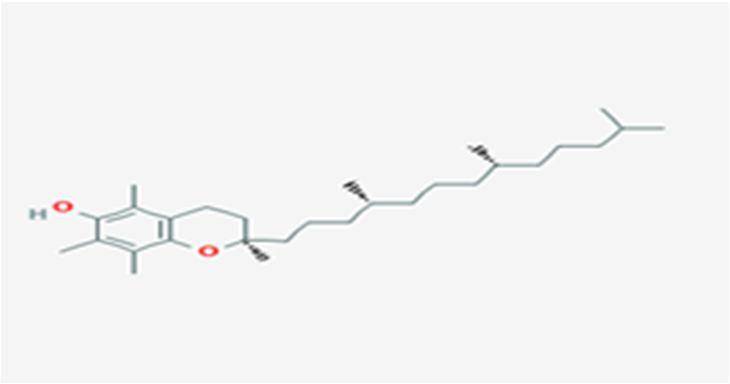
at www.ijraset.com
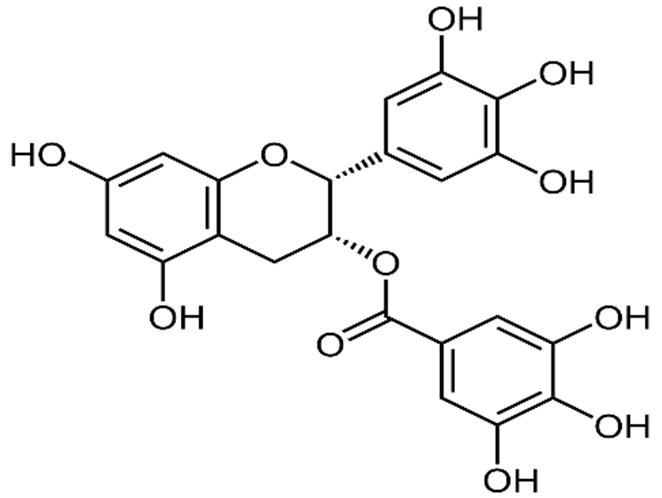

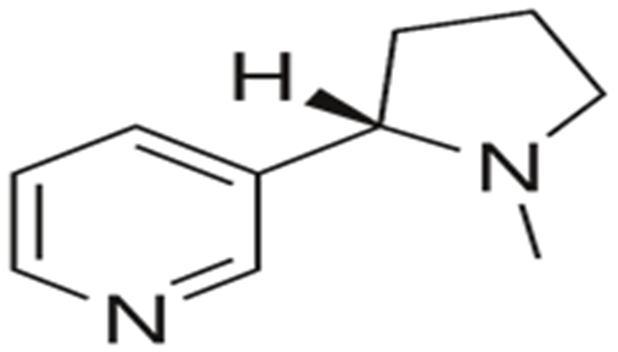




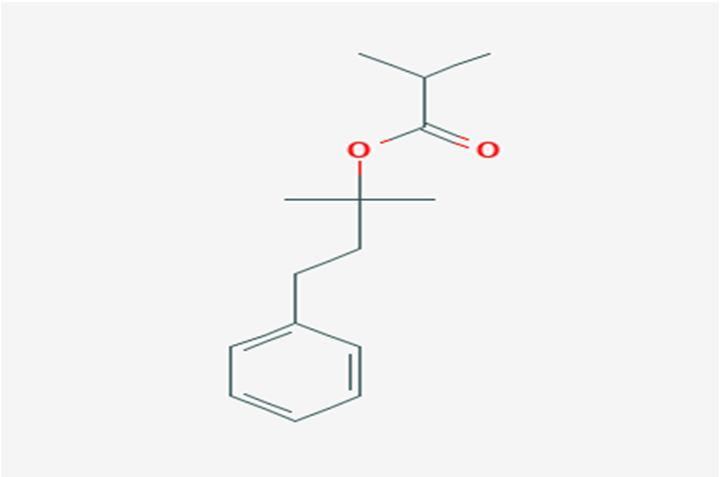

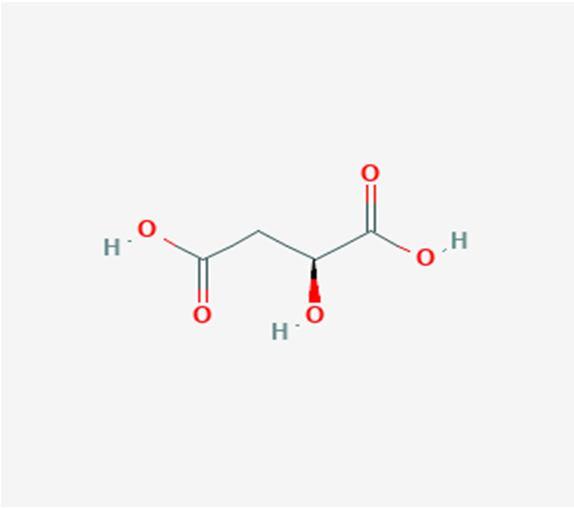
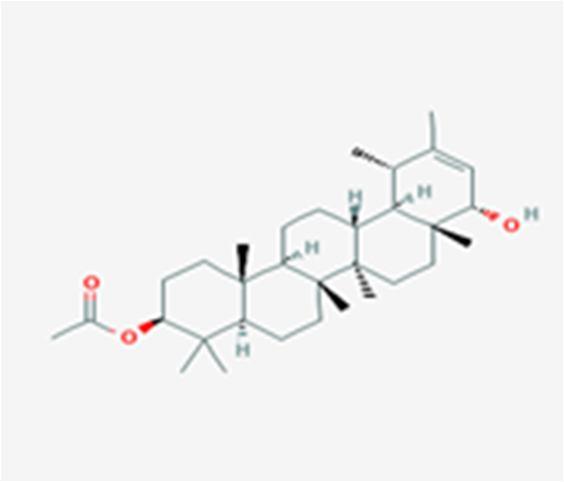
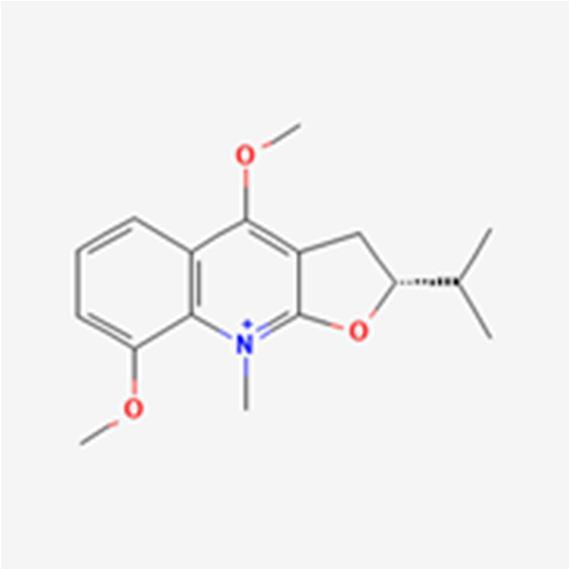
10 Issue IX Sep 2022
at

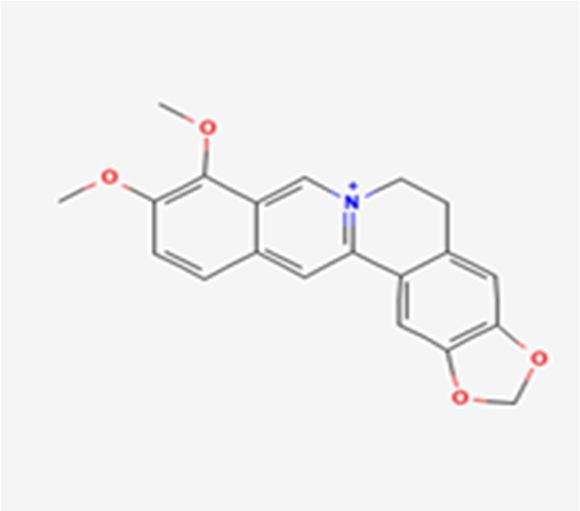

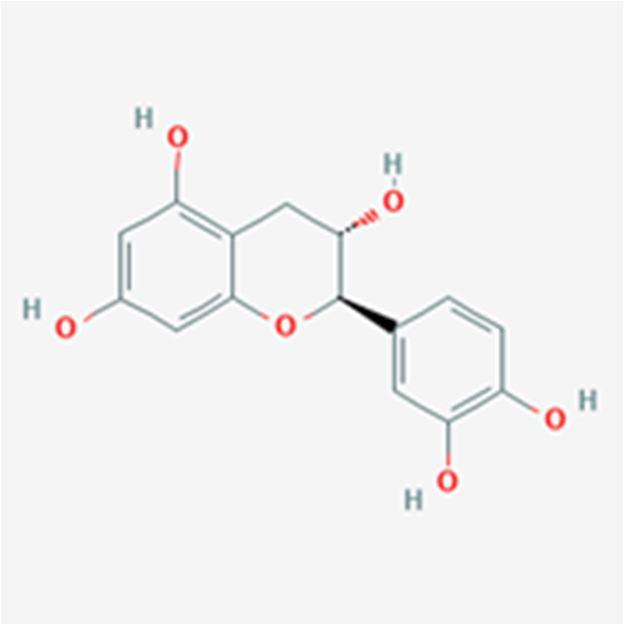



International Journal for Research in Applied Science & Engineering Technology (IJRASET)

ISSN: 2321 9653; IC Value: 45.98; SJ Impact Factor: 7.538
Volume 10 Issue IX Sep 2022 Available at www.ijraset.com
Table3: It represents the binding affinities of natural compounds against target proteins:


The table 3 represents a detailed score review of binding affinities of twenty eight compounds, against three target proteins whose ID is pre mentioned.

Highest binding affinities are highlighted for which further studies are explained in the discussion below.
Graph1: The graph above is composed using the binding affinities from table 2. It is to be noted here that higher the negative value, higher is the binding affinity.


Natural compounds having good binding scores are considered as potential ligands on which detailed studies were made. The discussion of the same will be discussed further in the report.
All Rights are Reserved | SJ Impact Factor 7.538 | ISRA Journal Impact Factor 7.894 |
The above image shows the molecular docking images of secretase as the target protein.
The image clearly shows the presence of 11 hydrogen bonds with good distance and the following amino acids:
Tyrosine
Aspartic Acid

Threonine

Glutamine
Glutamic Acid
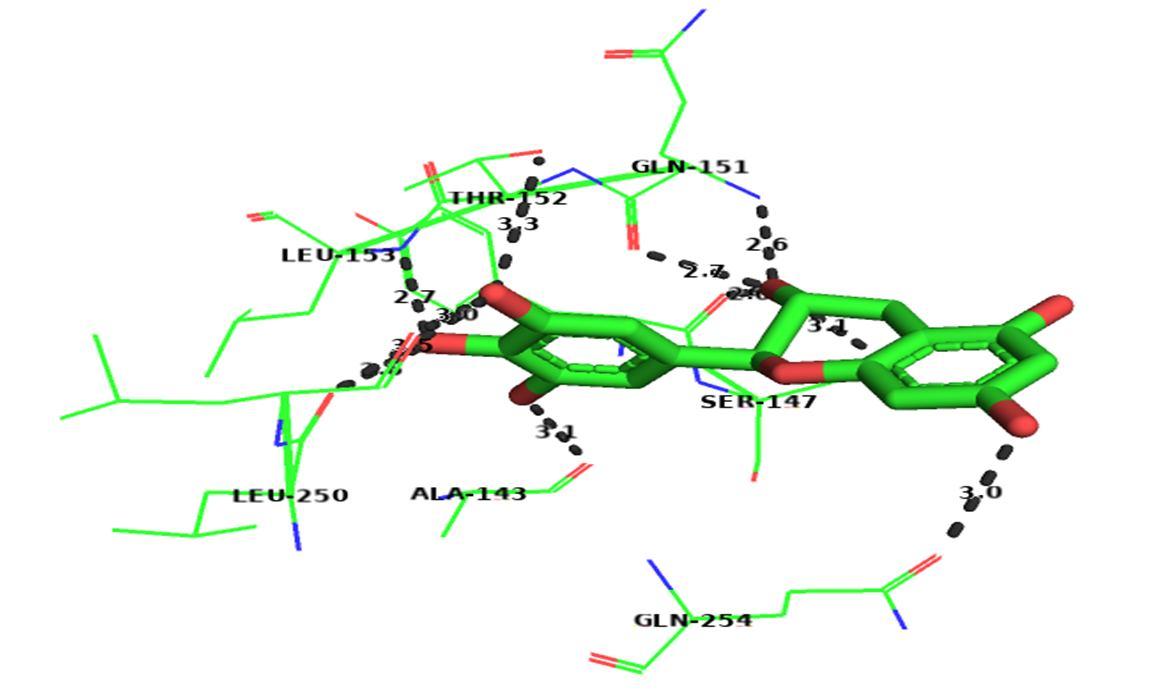
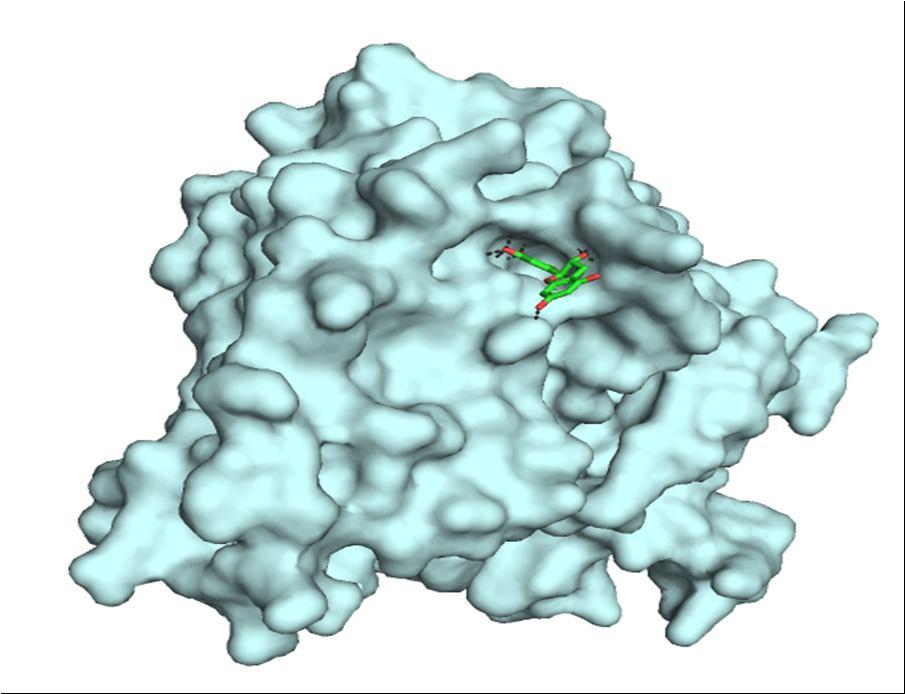
The above image shows the molecular docking images of secretase as the target protein.

The image clearly shows the presence of 11 hydrogen bonds with good distance and the following amino acids:
Glutamine
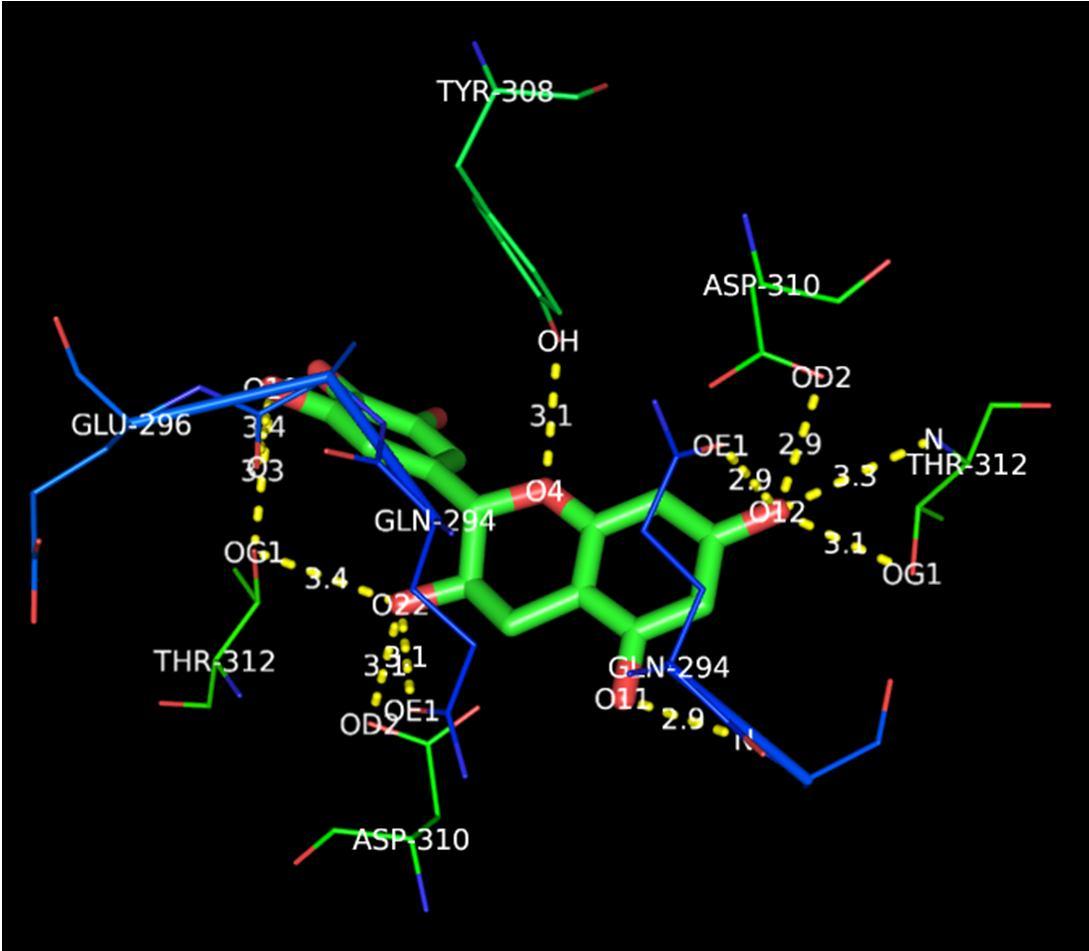
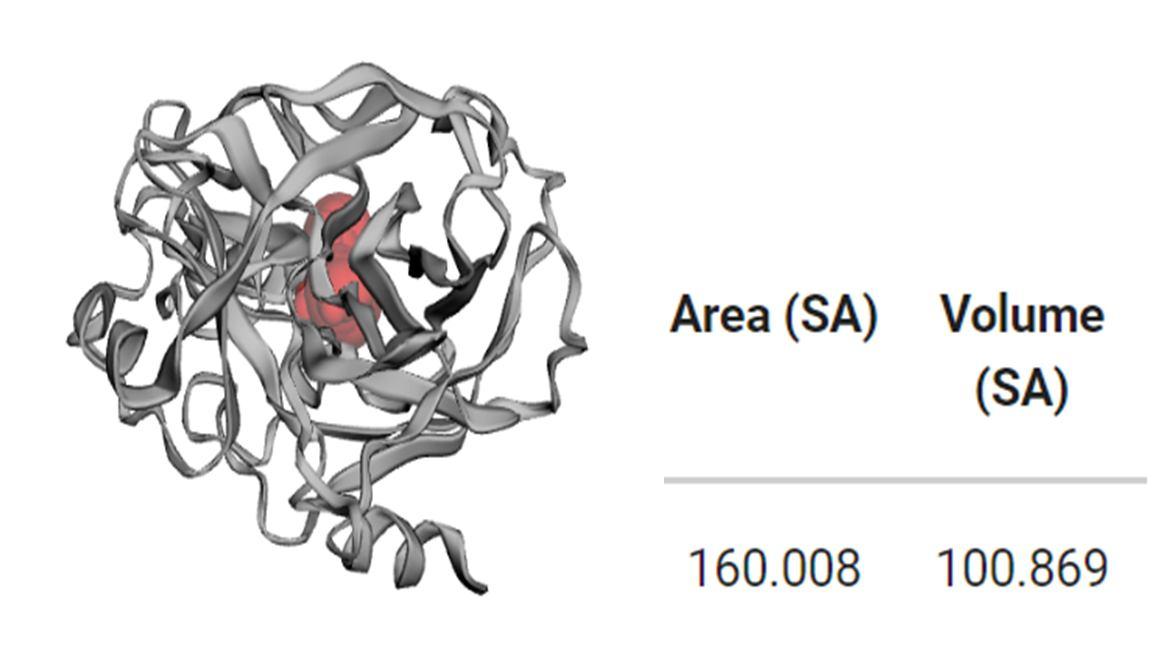
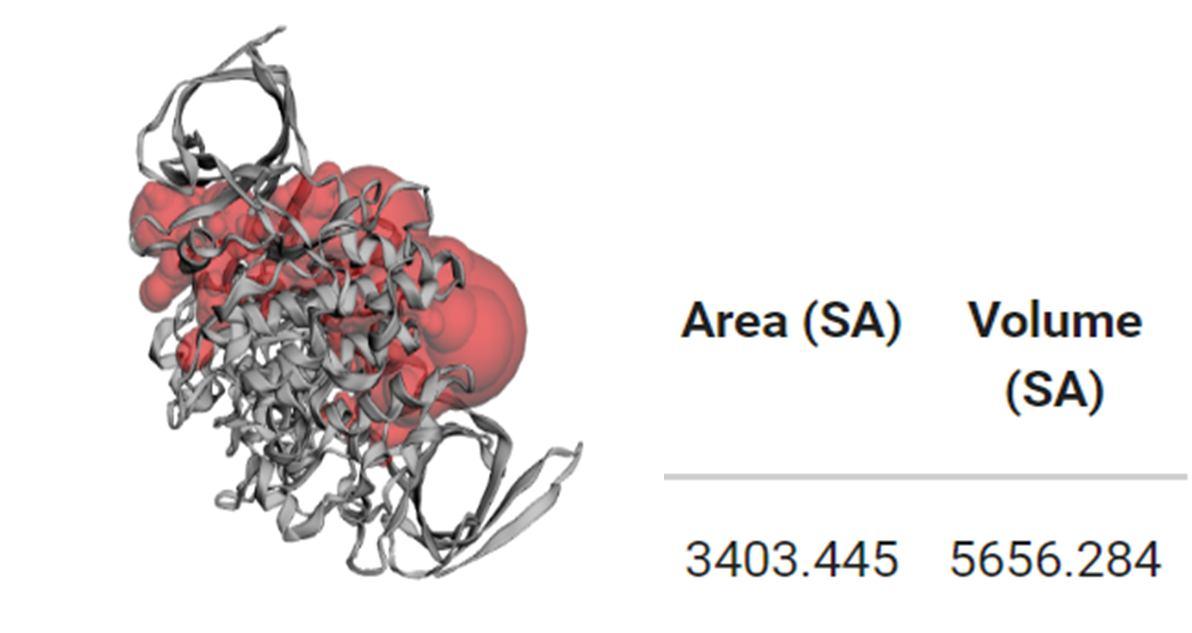
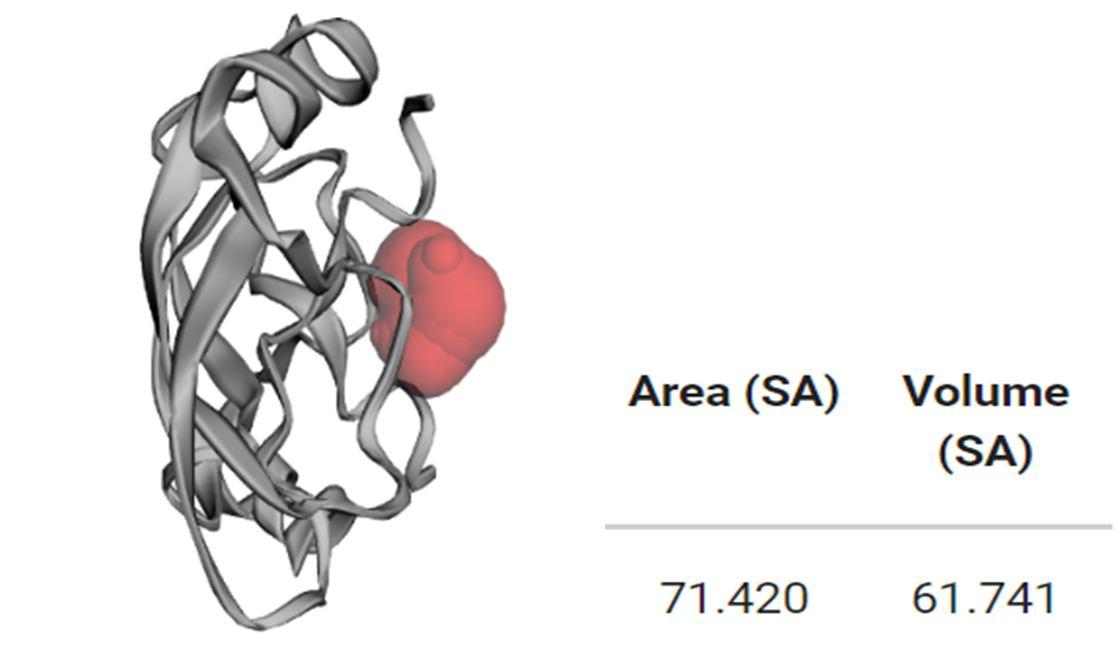

was

Absorption( Water solubility)
CaCO2 permeability)
2321 9653; IC Value: 45.98; SJ Impact Factor: 7.538 Volume 10 Issue IX Sep 2022 Available at www.ijraset.com

Distribution( VDss human)
Distribution( BBB permeability )
Metabolism(C YP1A2 inhibitor)

Memantine 2.663 1.338 0.943 0.586 No 0.914 No
Vitamin C 1.556 0.255 0.218 0.985 No 0.631 No
Selegiline 2.334 1.519 1.162 1.015 Yes 1.007 No
Donepezil 5.133 1.27 1.242 0.153 No 1.235 No
Docosahexanoi c acid (DHA) 6.098 1.145 0.709 0.203 Yes 2.264 No
Eicosapentanoi c acid 5.976 1.588 0.671 0.145 Yes 2.155 No
Homotaurine 0.179 0.686 0.784 0.333 No 0.601 No
Huperzine A 2.496 1.211 0.974 0.105 Yes 0.64 No
Bryostatin 3.716 0.202 0.073 2.252 No 0.604 No
Melatonin 2.472 1.218 0.082 0.076 Yes 0.735 No
Resveratrol 3.178 1.17 0.286 0.048 Yes 0.076 Yes
Nicotine 0.872 1.671 0.595 0.208 Yes 0.86 No
Curcumin 4.01 0.093 0.215 0.562 Yes 0.002 No
Vitamin E 6.901 1.345 0.709 0.876 No 0.794 No
Saffron 3.281 0.514 1.475 0.166 No 1.197 No
Ginkgolide B 3.856 0.948 0.454 0.575 No 0.308 No
Epigallochatchi n (green Tea) 2.969 0.375 1.301 1.377 No 0.328 No
1,1 Dimethyl3 phenyl propyl isobutyrate ( papaya)
1.863
0.366 Yes 1.378 No
0.396
in Applied Science & Engineering Technology (IJRASET)

ISSN: 2321 9653; IC Value: 45.98; SJ Impact Factor: 7.538
Volume 10 Issue IX Sep 2022 Available at www.ijraset.com
The 3D structure of the three target proteins was elucidated and the active sites of three target proteins was predicted. The 3D structures of the ligand molecules were analysed Docking results showed that two natural compound Epigallochatechin (EGCC) and 20 taraxasten 3beta ol are best potential ligands against 3 target proteins with the binding energy of Therefore these two are best lead molecules to reduce the effects of Alzheimer’s disease after further clinical trials. Pharmacology dynamics through ADMET substantiates the conclusion drawn from our studies.

[1] Blennow K, Mattsson N, Schöll M, Hansson O, Zetterberg H. Amyloid biomarkers in Alzheimer’s disease. Trends Pharmacol Sci. 2015;36(5):287 309.
[2] Bajda M, Guzior N, Ignasik M, Malawska B. Multi target directed ligands in Alzheimer’s disease treatment. Curr Med Chem. 2011;18(32):4949 75.
[3] Rathore N, Ramani SR, Pantua H, Payandeh J, Bhangale T, Wuster A, et al. Paired Immunoglobulin like Type 2 Receptor Alpha G78R variant alters ligand binding and confers protection to Alzheimer’s disease. PLoS Genet. 2018;14(11):e1007427.
[4] Drugtargetreview.com.[cited 2021 Jul 14]. Available from: https://www.drugtargetreview.com/news/59528/novel ligands developed with high affinity for alzheimers receptors/
[5] Ni R, Gillberg P G, Bergfors A, Marutle A, Nordberg A. Amyloid tracers detect multiple binding sites in Alzheimer’s disease brain tissue. Brain. 2013;136(Pt 7):2217 27.
[6] Unzeta M, Esteban G, Bolea I, Fogel WA, Ramsay RR, Youdim MBH, et al. Multi Target directed donepezil like ligands for Alzheimer’s disease. Front Neurosci. 2016;10:205.
[7] Ambure P, Bhat J, Puzyn T, Roy K. Identifying natural compounds as multi target directed ligands against Alzheimer’s disease: an in silico approach. J Biomol Struct Dyn. 2019;37(5):1282 306
[8] Mori H, Takio K, Ogawara M, Selkoe DJ. Mass spectrometry of purified amyloid beta protein in Alzheimer’s disease. J Biol Chem. 1992;267(24):17082 6.
[9] Corey Bloom J. Galantamine: a review of its use in Alzheimer’s disease and vascular dementia. Int J Clin Pract. 2003;57(3):219 23.
[10] Clarke ID, Dirks PB. A human brain tumor derived PDGFR alpha deletion mutant is transforming. Oncogene. 2003;22(5):722 33.
[11] Lagah S, Tan I L, Radhakrishnan P, Hirst RA, Ward JH, O’Callaghan C, et al. RHPS4 G quadruplex ligand induces anti proliferative effects in brain tumor cells. PLoS One. 2014;9(1):e86187.
[12] Blennow K, Mattsson N, Schöll M, Hansson O, Zetterberg H. Amyloid biomarkers in Alzheimer’s disease. Trends Pharmacol Sci. 2015;36(5):287 309.
[13] Bajda M, Guzior N, Ignasik M, Malawska B. Multi target directed ligands in Alzheimer’s disease treatment. Curr Med Chem. 2011;18(32):4949 75.
[14] Rathore N, Ramani SR, Pantua H, Payandeh J, Bhangale T, Wuster A, et al. Paired Immunoglobulin like Type 2 Receptor Alpha G78R variant alters ligand binding and confers protection to Alzheimer’s disease. PLoS Genet. 2018;14(11):e1007427
[15] Drugtargetreview.com. [cited 2021 Jul 28]. Available from: https://www.drugtargetreview.com/news/59528/novel ligands developed with high affinity for alzheimers receptors/
[16] Ni R, Gillberg P G, Bergfors A, Marutle A, Nordberg A. Amyloid tracers detect multiple binding sites in Alzheimer’s disease brain tissue. Brain. 2013;136(Pt 7):2217 27.
[17] Unzeta M, Esteban G, Bolea I, Fogel WA, Ramsay RR, Youdim MBH, et al. Multi Target directed donepezil like ligands for Alzheimer’s disease. Front Neurosci. 2016;10:205.
[18] Ambure P, Bhat J, Puzyn T, Roy K. Identifying natural compounds as multi target directed ligands against Alzheimer’s disease: an in silico approach. J Biomol Struct Dyn. 2019;37(5):1282 306.
[19] Kitchen DB, Decornez H, Furr JR, Bajorath J. Docking and scoring in virtual screening for drug discovery: methods and applications. Nat Rev Drug Discov. 2004;3(11):935 49.
[20] Jorgensen WL. Rusting of the lock and key model for protein ligand binding. Science. 1991;254(5034):954 5.
[21] Arcon JP, Turjanski AG, Martí MA, Forli S. Biased docking for protein ligand pose prediction. Methods Mol Biol. 2021;2266:39 72.
[22] Bhandari T. Link between 2 key Alzheimer’s proteins explained [Internet]. Wustl.edu. 2018 [cited 2021 Jul 3
[23] Deshpande P, Gogia N, Singh A. Exploring the efficacy of natural products in alleviating Alzheimer’s disease. Neural Regen Res. 2019;14(8):1321 9.
[24] Asai M, Iwata N, Yoshikawa A, Aizaki Y, Ishiura S, Saido TC, et al. Berberine alters the processing of Alzheimer’s amyloid precursor protein to decrease Abeta secretion. Biochem Biophys Res Commun. 2007;352(2):498 502.
[25] Cai Z, Wang C, He W, Chen Y. Berberine alleviates amyloid beta pathology in the brain of APP/PS1 transgenic mice via inhibiting β/γ secretases activity and enhancing α secretases. Curr Alzheimer Res. 2018;15(11):1045 52.
[26] Chen X W, Di YM, Zhang J, Zhou Z W, Li CG, Zhou S F. Interaction of herbal compounds with biological targets: a case study with berberine. ScientificWorldJournal. 2012;2012:708282.
[27] Khan H, Ullah H, Aschner M, Cheang WS, Akkol EK. Neuroprotective effects of quercetin in Alzheimer’s disease. Biomolecules. 2019;10(1):59.
[28] Salehi B, Machin L, Monzote L, Sharifi Rad J, Ezzat SM, Salem MA, et al. Therapeutic potential of quercetin: New insights and perspectives for human health. ACS Omega. 2020;5(20):11849 72.
[29] Chen G F, Xu T H, Yan Y, Zhou Y R, Jiang Y, Melcher K, et al. Amyloid beta: structure, biology and structure based therapeutic development. Acta Pharmacol Sin. 2017;38(9):1205 35
[30] Ayaz M, Ullah F, Sadiq A, Kim MO, Ali T. Editorial: Natural products based drugs: Potential therapeutics against Alzheimer’s disease and other neurological disorders. Front Pharmacol. 2019;10:1417.
[31] Mishra S, Palanivelu K. The effect of curcumin (turmeric) on Alzheimer’s disease: An overview. Ann Indian Acad Neurol. 2008;11(1):13 9.
[32] Sawda C, Moussa C, Turner RS. Resveratrol for Alzheimer’s disease: Alzheimer’s disease. Ann N Y Acad Sci. 2017;1403(1):142 9.
[33] Durazzo TC, Mattsson N, Weiner MW, Alzheimer’s Disease Neuroimaging Initiative. Smoking and increased Alzheimer’s disease risk: A review of potential mechanisms. Alzheimers Dement. 2014;10(3):S122 45.
Journal for Research in Applied Science & Engineering Technology (IJRASET)

ISSN: 2321 9653; IC Value: 45.98; SJ Impact Factor: 7.538

Volume 10 Issue IX Sep 2022 Available at www.ijraset.com
[34] Ide K, Matsuoka N, Yamada H, Furushima D, Kawakami K. Effects of tea catechins on Alzheimer’s disease: Recent updates and perspectives. Molecules [Internet]. 2018;23(9).
[35] Silva Dos Santos J, Gonçalves Cirino JP, de Oliveira Carvalho P, Ortega MM. The pharmacological action of kaempferol in central nervous system diseases: A review. Front Pharmacol. 2020;11:565700.
[36] Huperzine A: Can it treat Alzheimer’s? [Internet]. Mayoclinic.org. 2019 [cited 2021 Jul 30].
[37] Buchete N V, Tycko R, Hummer G. Molecular dynamics simulations of Alzheimer’s beta amyloid protofilaments. J Mol Biol. 2005;353(4):804 21.
[38] Gilles C, Ertlé S. Pharmacological models in Alzheimer’s disease research. Dialogues Clin Neurosci. 2000;2(3):247 55.
[39] Rastegari A, Nadri H, Mahdavi M, Moradi A, Mirfazli SS, Edraki N, et al. Design, synthesis and anti Alzheimer’s activity of novel 1,2,3 triazole chromenone carboxamide derivatives. Bioorg Chem. 2019;83:391 401.
[40] Schachter AS. Department of Psychiatry, Mount Sinai School of Medicine, Mount Sinai Hospital. New York, NY, USA: Mount Sinai Medical Center;
[41] MacGill M. Alzheimer’s disease: Symptoms, stages, causes, and treatments [Internet]. Medicalnewstoday.com. 2020 [cited 2021 Aug 1].
[42] Alzheimer’s disease fact sheet [Internet]. Nih.gov. [cited 2021 Aug 1].
[43] Qiu C, Kivipelto M, von Strauss E. Epidemiology of Alzheimer’s disease: occurrence, determinants, and strategies toward intervention. Dialogues Clin Neurosci. 2009;11(2):111 28.
[44] L. F, Strauss E., Cx Q. Epidemiology of the dementias of old age. In: Dening T, Jacoby R, Oppenheimer C, Thomas A, editors. 4th ed. New York, NY: Oxford. University Press;2008:391 406;
[45] R CK, Lr H, Es Y, Zy W, A B, Dp S, et al. The malignancy of dementia. Predictors of mortality in clinically diagnosed dementia in a population survey of Shanghai. Vol. 51. 1994.
[46] Helzner EP, Scarmeas N, Cosentino S, Tang MX, Schupf N, Stern Y. Survival in Alzheimer disease: a multiethnic, population based study of incident cases. Neurology. 2008;71(19):1489 95.
[47] Mehta KM, Yaffe K, Pérez Stable EJ, Stewart A, Barnes D, Kurland BF, et al. Race/ethnic differences in AD survival in US Alzheimer’s Disease Centers. Neurology. 2008;70(14):1163 70.
[48] Rc CLA, R G, Ks B, T E, Pa G, M W, et al. Risk of dementia among white and African American relatives of patients with Alzheimer disease. Vol. 287. Green; 2002.
[49] Qiu C, Kivipelto M, Agüero Torres H, Winblad B, Fratiglioni L. Risk and protective effects of the APOE gene towards Alzheimer’s disease in the Kungsholmen project: variation by age and sex. J Neurol Neurosurg Psychiatry. 2004;75(6):828 33.
[50] Verdile G, Fuller S, Atwood CS, Laws SM, Gandy SE, Martins RN. The role of beta amyloid in Alzheimer’s disease: still a cause of everything or the only one who got caught? Pharmacol Res. 2004;50(4):397 409.
[51] Avila J, Wandosell F, Hernández F. Role of glycogen synthase kinase 3 in Alzheimer’s disease pathogenesis and glycogen synthase kinase 3 inhibitors. Expert Rev Neurother. 2010;10(5):703 10.
[52] Binkowski TA, Naghibzadeh S, Liang J. CASTp: Computed Atlas of Surface Topography of proteins. Nucleic Acids Res. 2003;31(13):3352 5.
